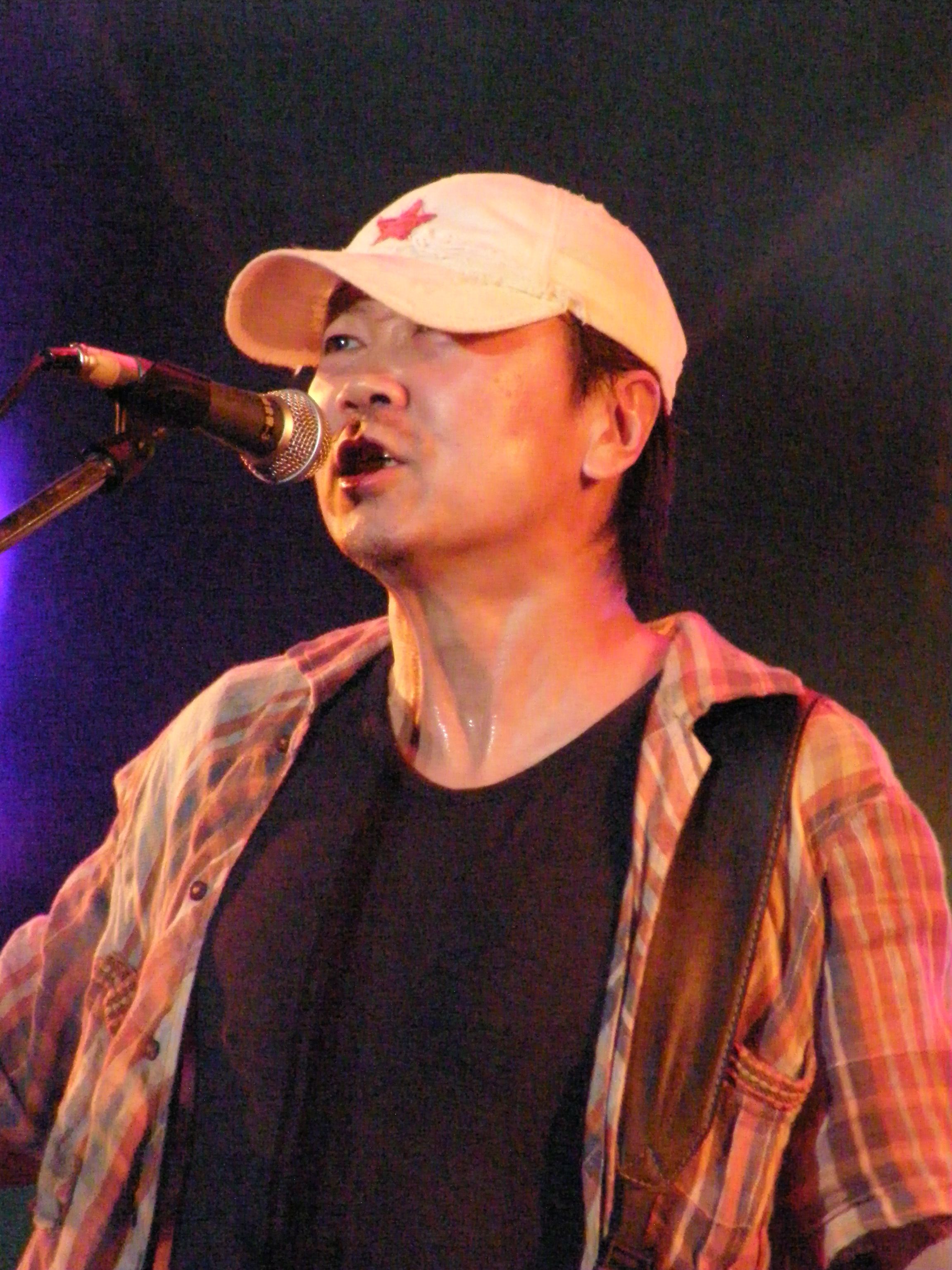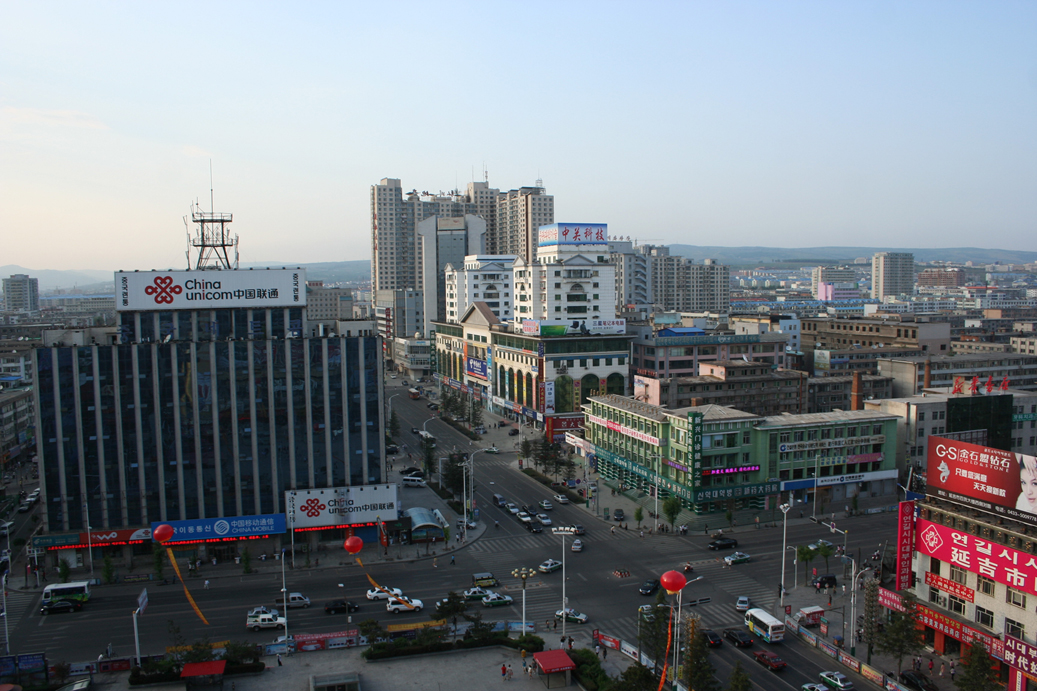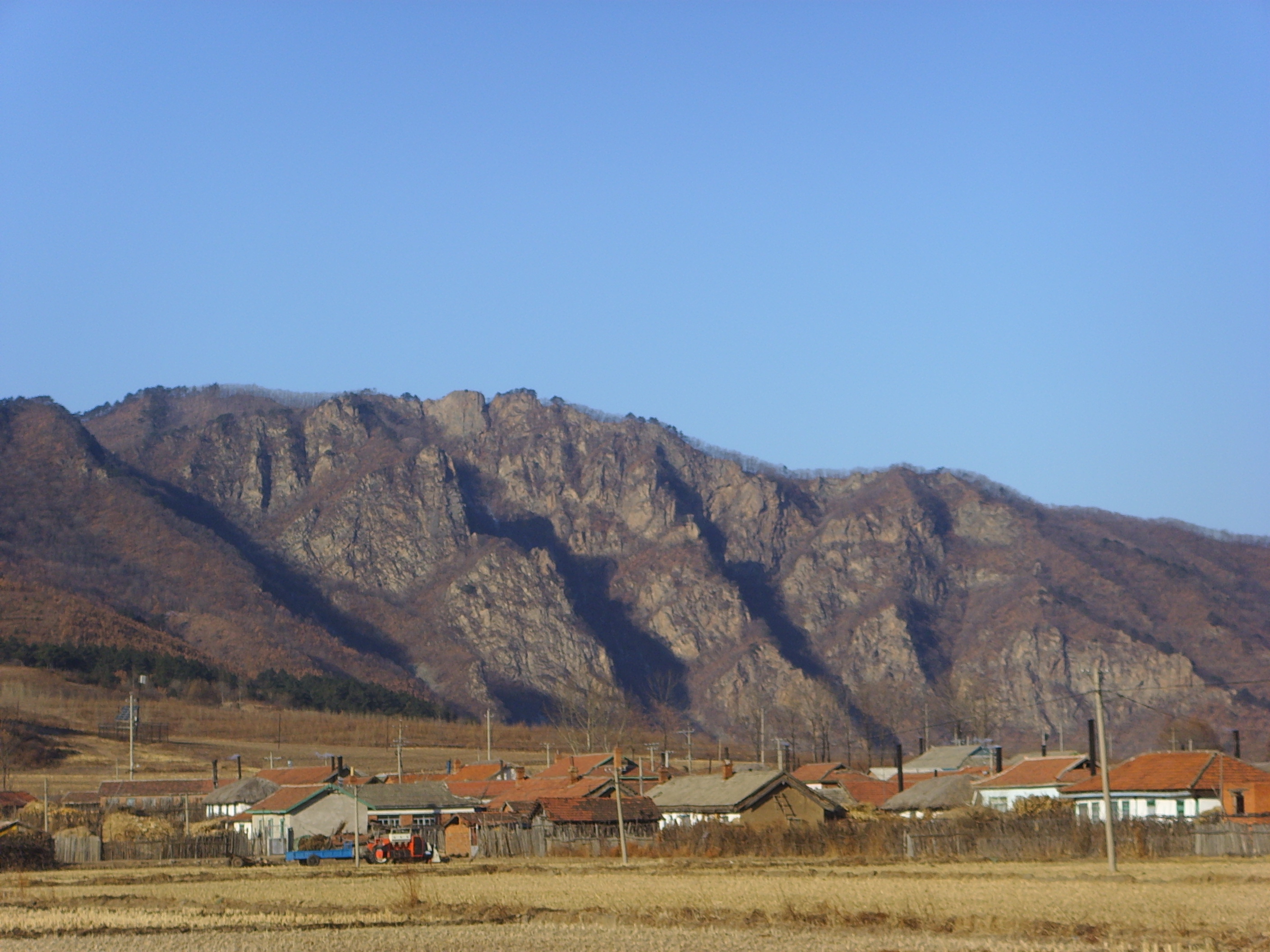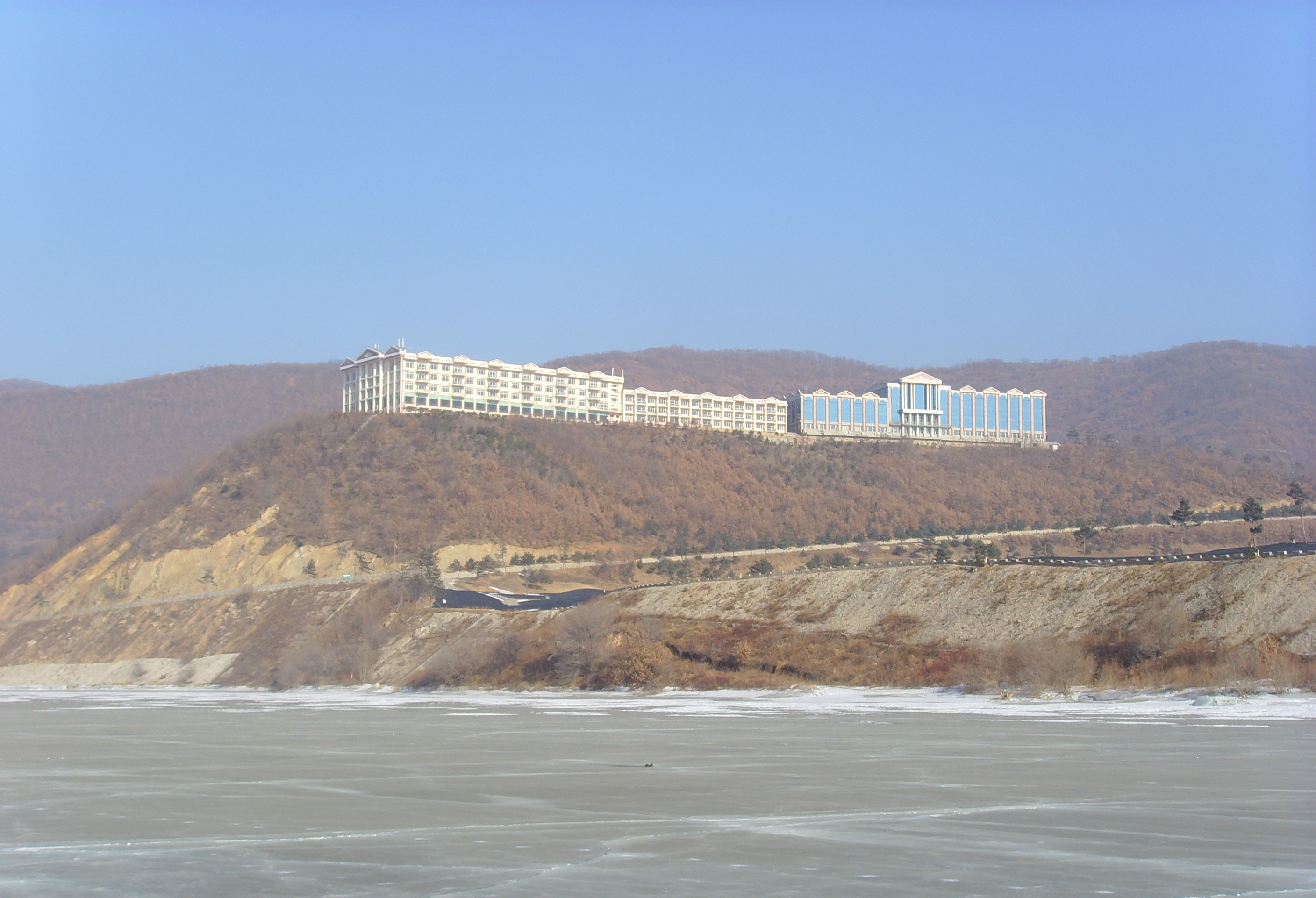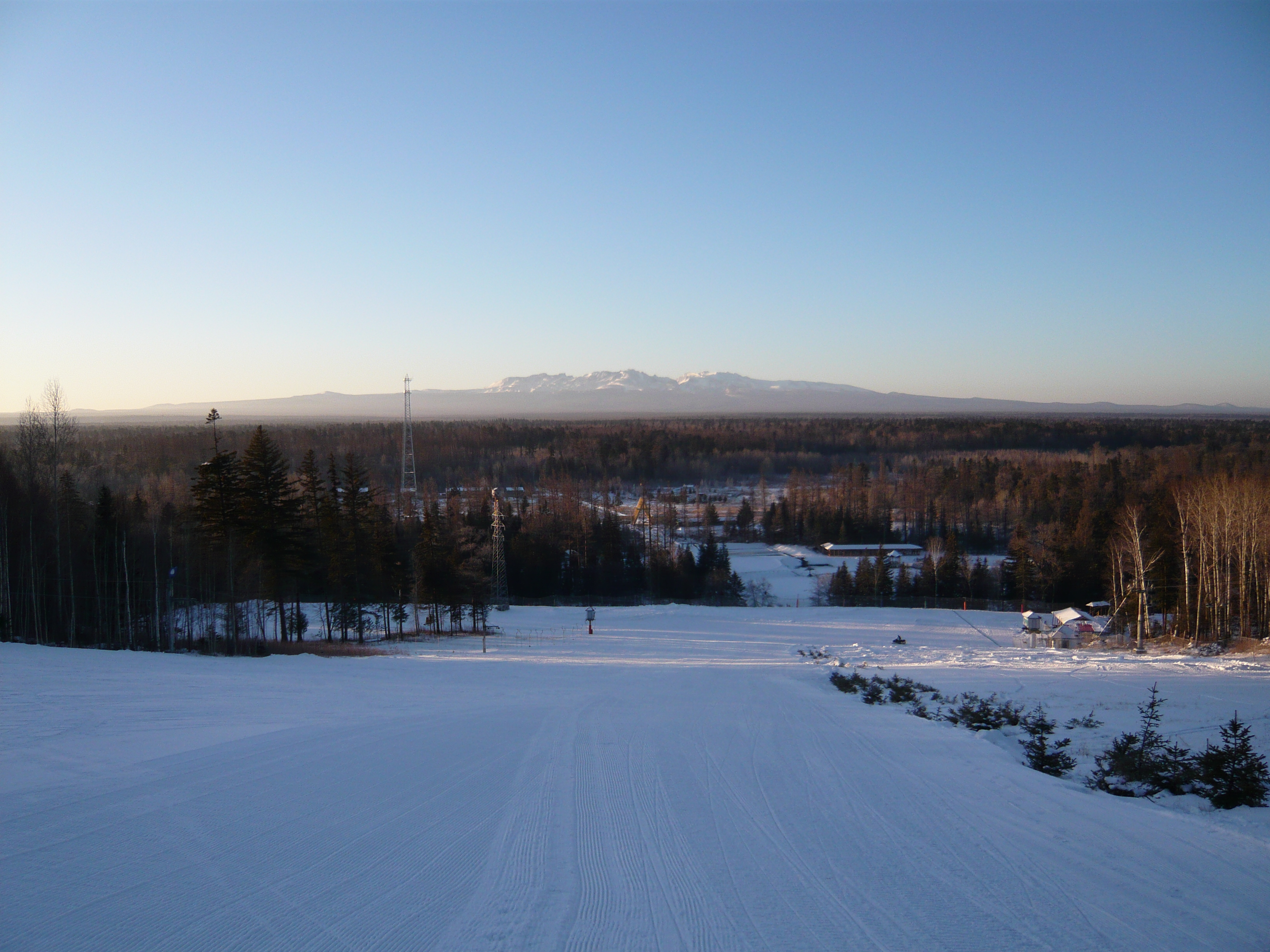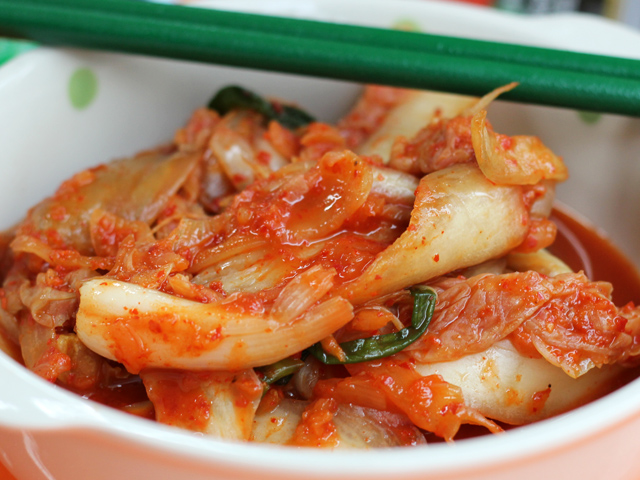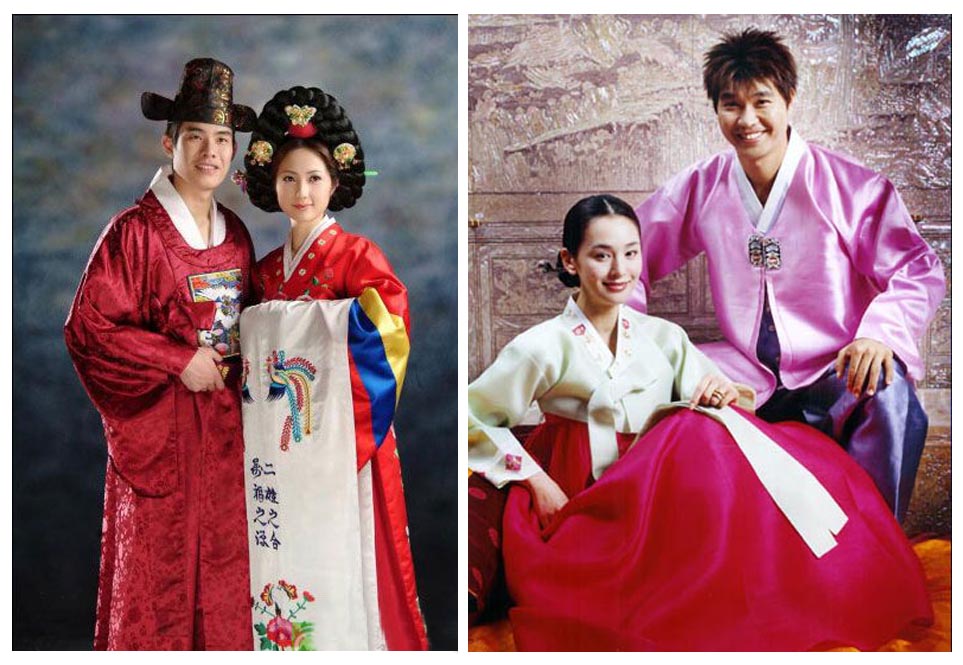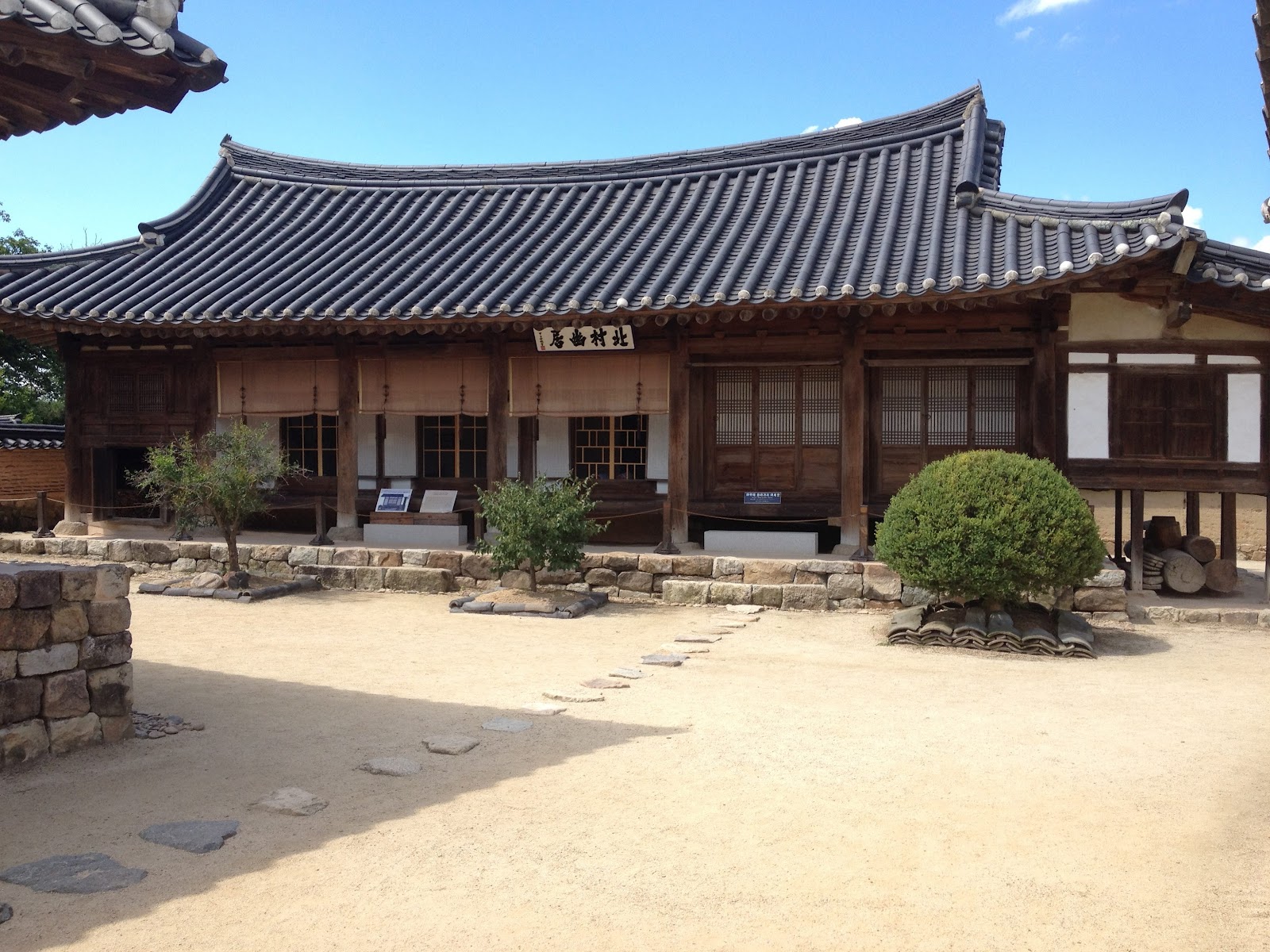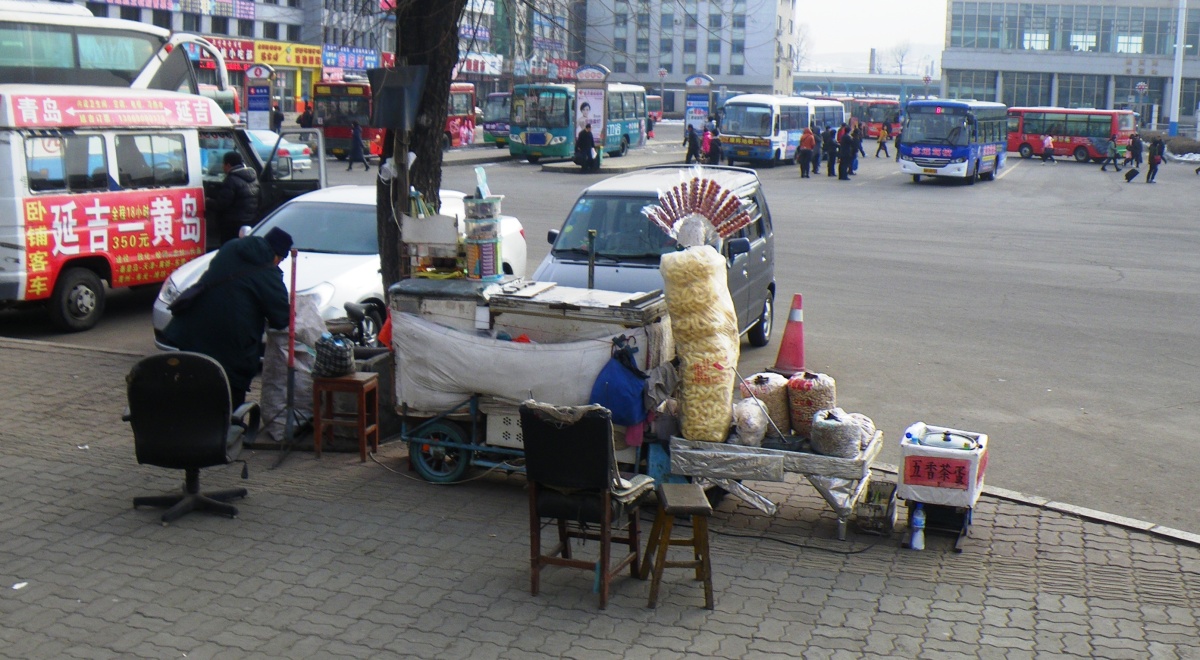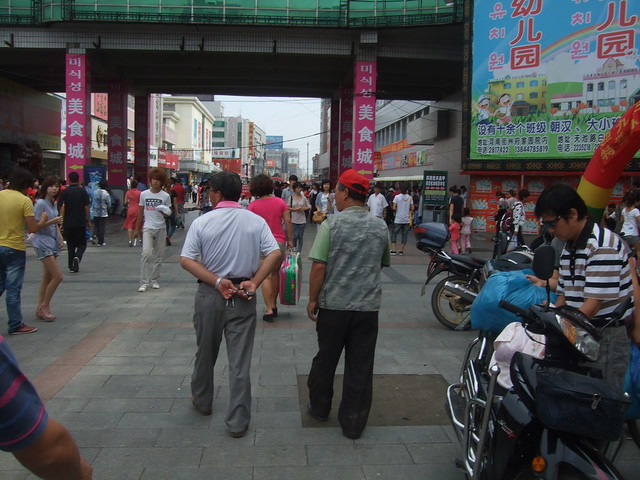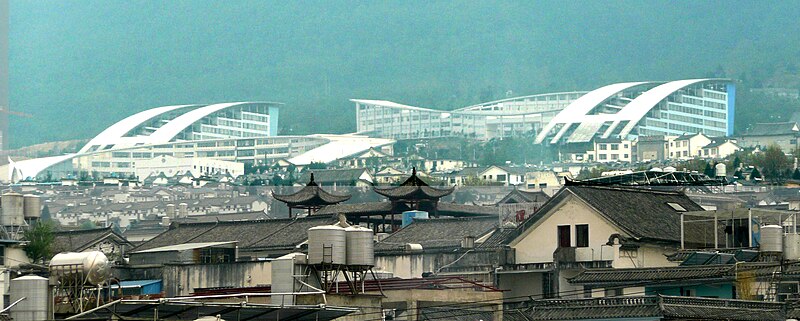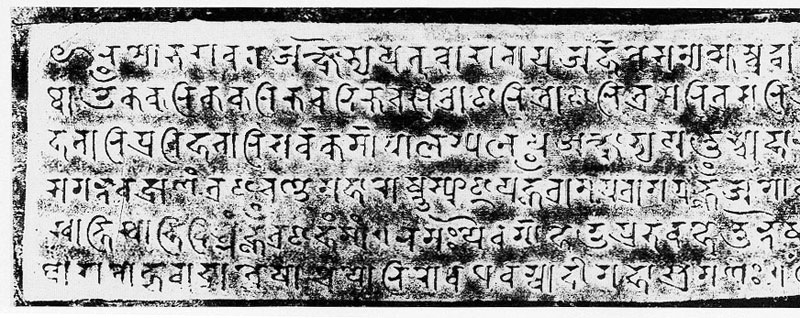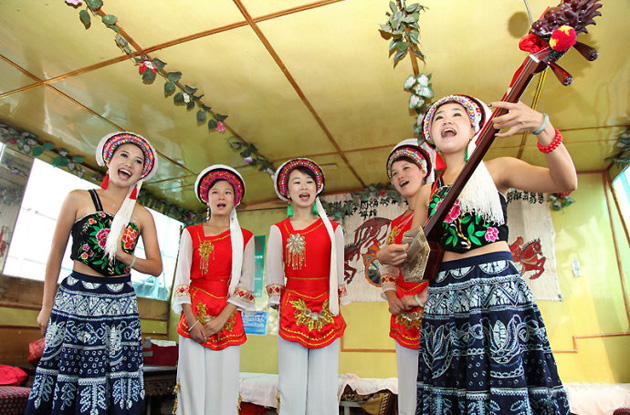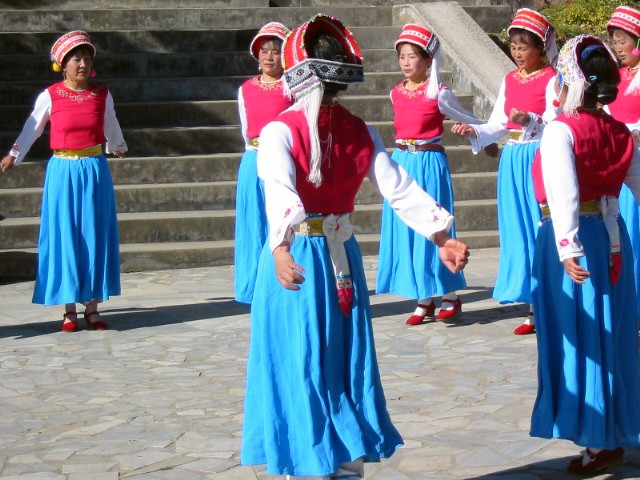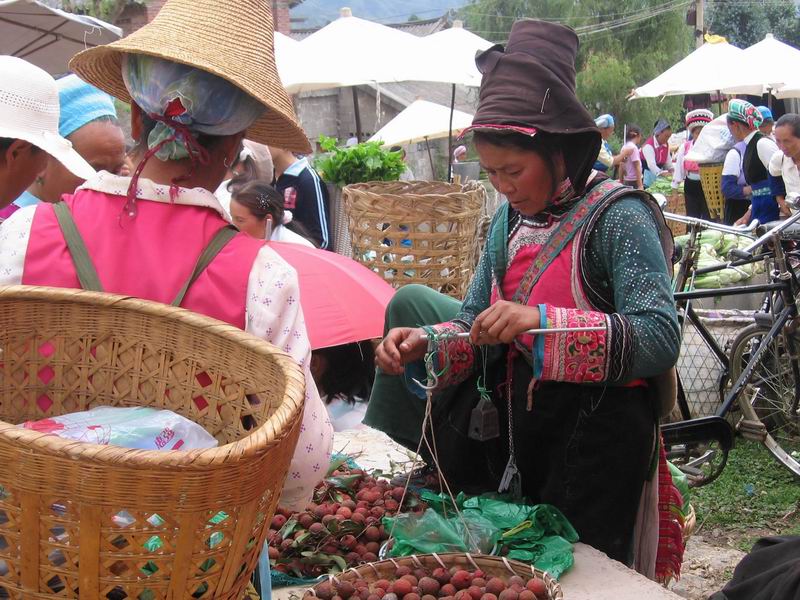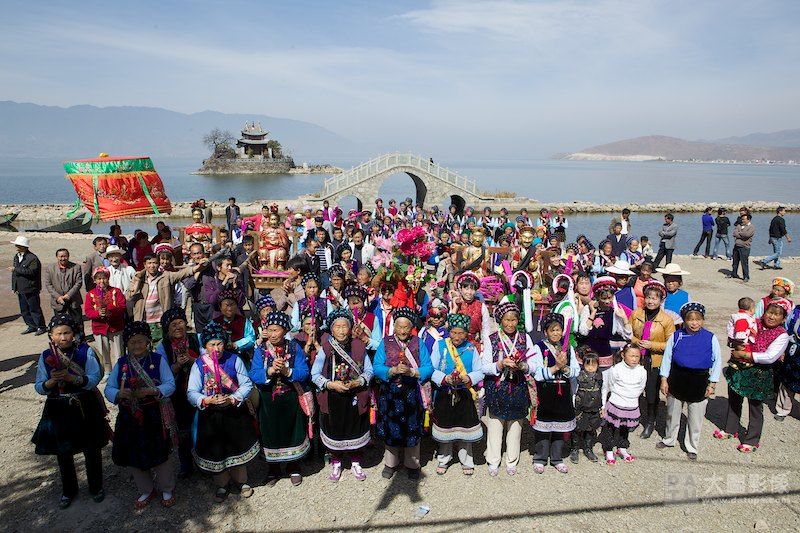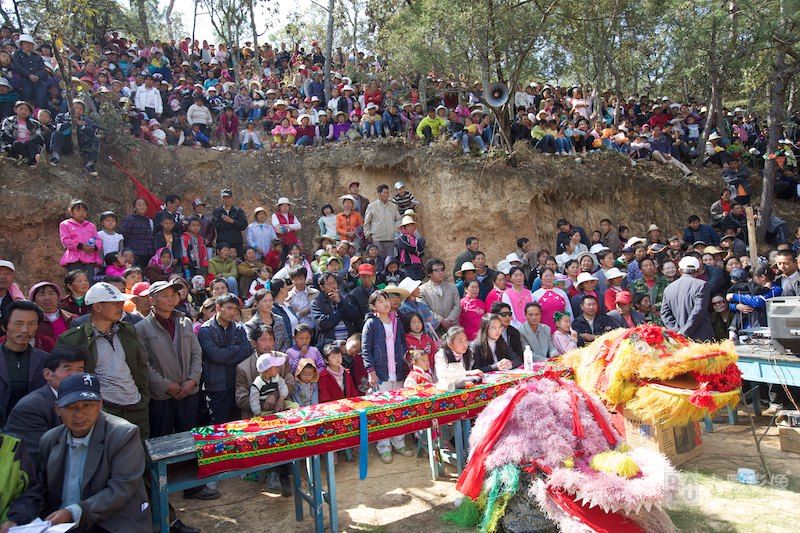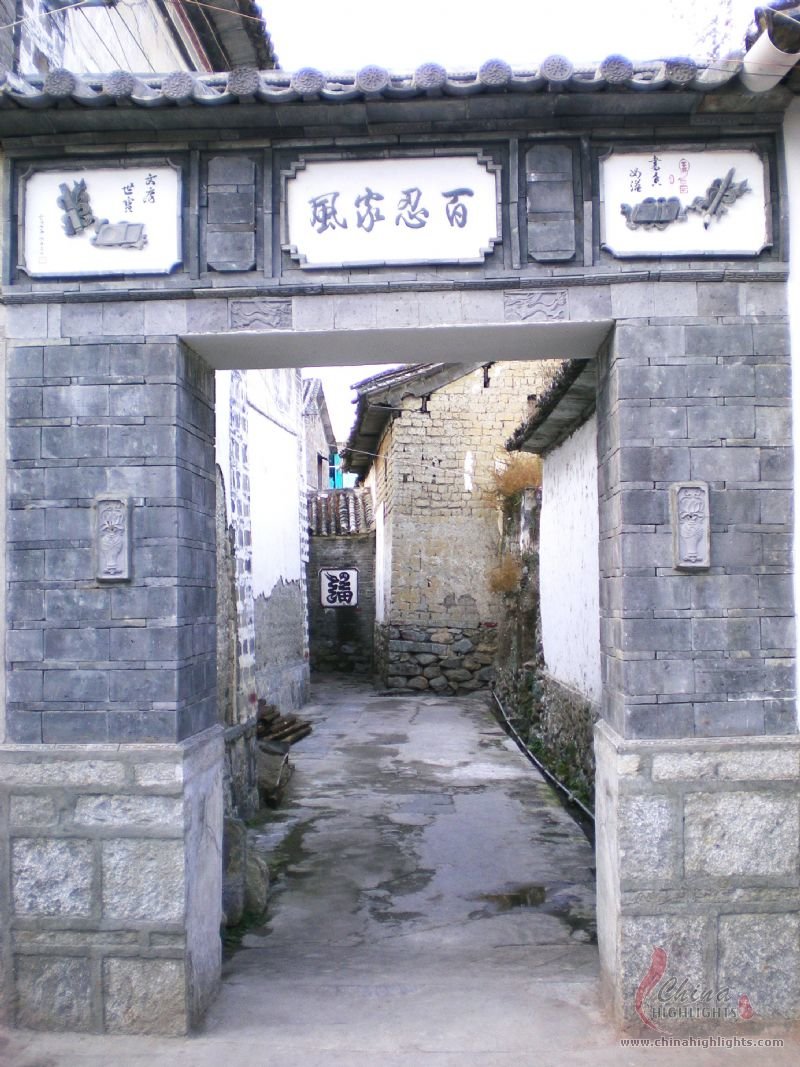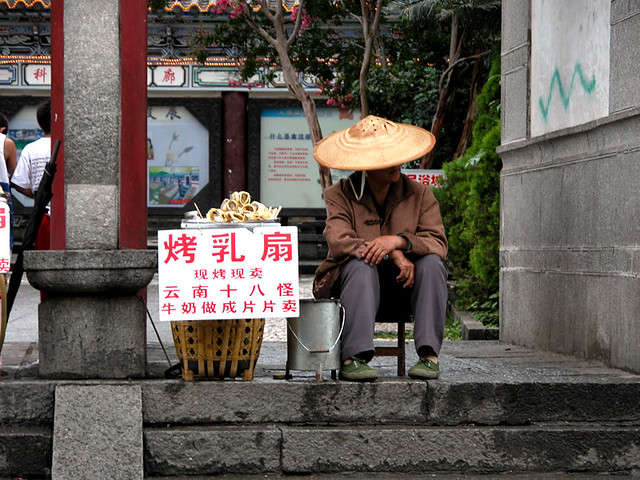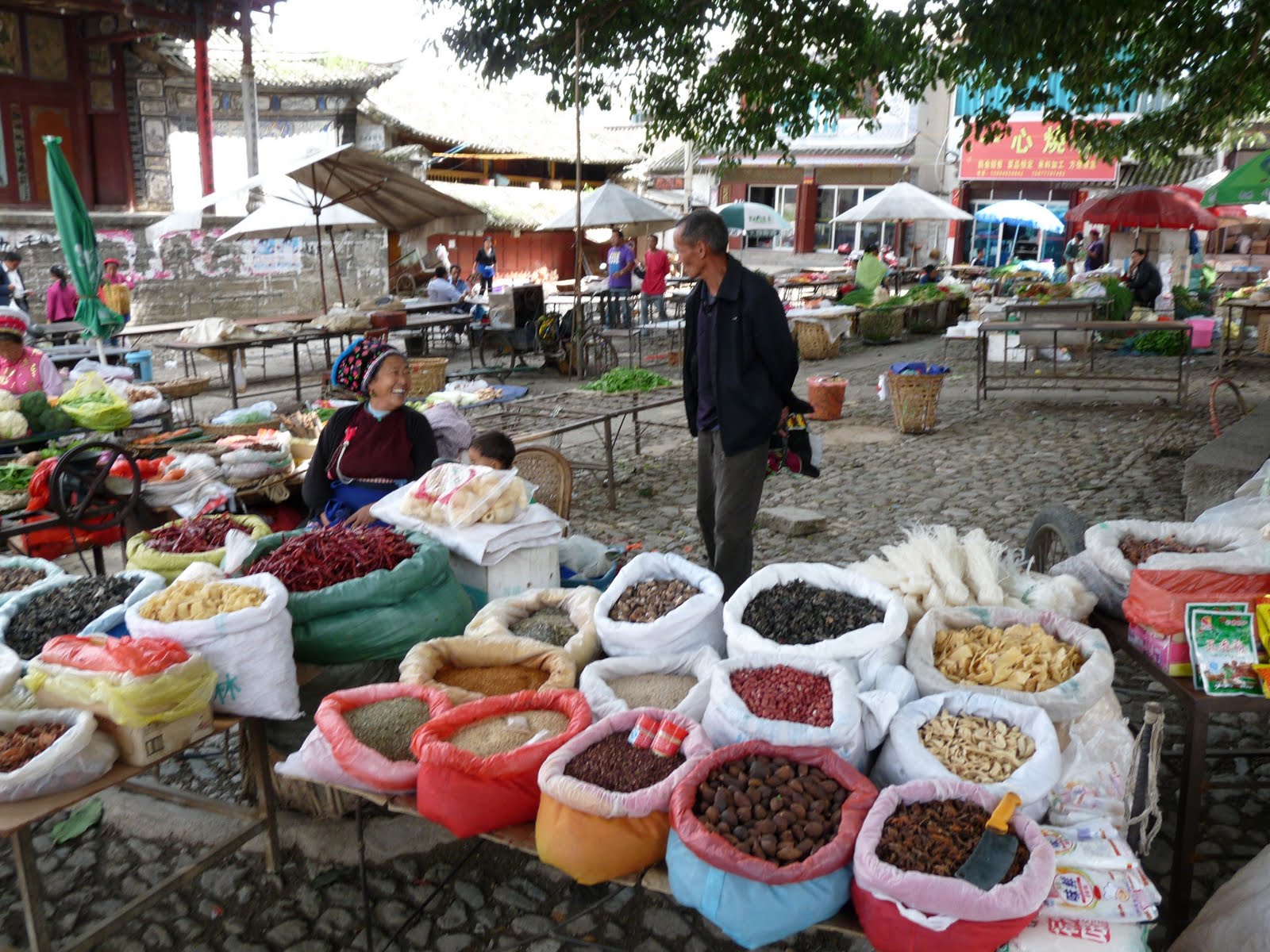ahfatzia
SENIOR MEMBER

- Joined
- Feb 22, 2012
- Messages
- 2,521
- Reaction score
- 0
Korean People 朝鲜族
Korean People 朝鲜族 include millions of descendants of Korean immigrants with citizenship of the People's Republic of China, as well as smaller groups of South and North Korean expatriates, with a total of roughly 2.3 million people as of 2009, making it the largest ethnic Korean population living outside the Korean Peninsula. Most ethnic Koreans live in northeastern China, especially in Yanbian Korean Autonomous Prefecture which accounts for about one million.
The current Korean population in China is mainly descended from migrants who came between 1860 and 1945. In the 1860s, a series of natural disasters struck Korea, leading to disastrous famines. Along with the Qing dynasty's loosening of border controls and acceptance of external migration into Northeast China, this pushed many Koreans to migrate. After the annexation of Korea by the Empire of Japan in 1910, many Koreans migrated to China for political reasons. Some migrants joined the Korean independence movement, while others served as pro-Japanese collaborators or as farmers tilling free land promised to them by Japanese occupying authorities in northeast China. Under the Japanese caste system, Japanese were first, Koreans were second, and Chinese were last; as such, Koreans served as tax collectors in China for the Japanese. By 1936, there were 854,411 Koreans in China. As Japanese rule extended to China. During World War II, many Koreans in China joined the Chinese peoples in fighting against the Japanese invaders. Many also joined on the Communist side and fought against the Chinese Nationalist armies during the Chinese Civil War. After 1949, estimated at about 600 thousand individuals, or 40% of the Korean population at the time, chose to return to the Korean peninsula. But most Koreans chose to stay in China and took up Chinese citizenship between 1949. There are estimation of half of a million North Korean refugees living in China illegally and are beginning a slow process of naturalization. After the normalization of relationship between China and South Korea, an estimation of half of a million South Korean expatriates living in China, mostly in Beijing, Shanghai, Tianjing, Yintai, Qingdao and Dalian.
Most ethnic Koreans in China speak Mandarin Chinese and many also speak fluent Korean as their mother tongue. Most Chinese of Korean descent have ancestral roots and family ties in the Hamgyong region of North Korea, and speak the Hamgyŏng dialect of Korean according to North Korean conventions. Most of the ethnic Koreans in China are Confucius and Buddhists and some are Christians.
Official portrait of a Korean family
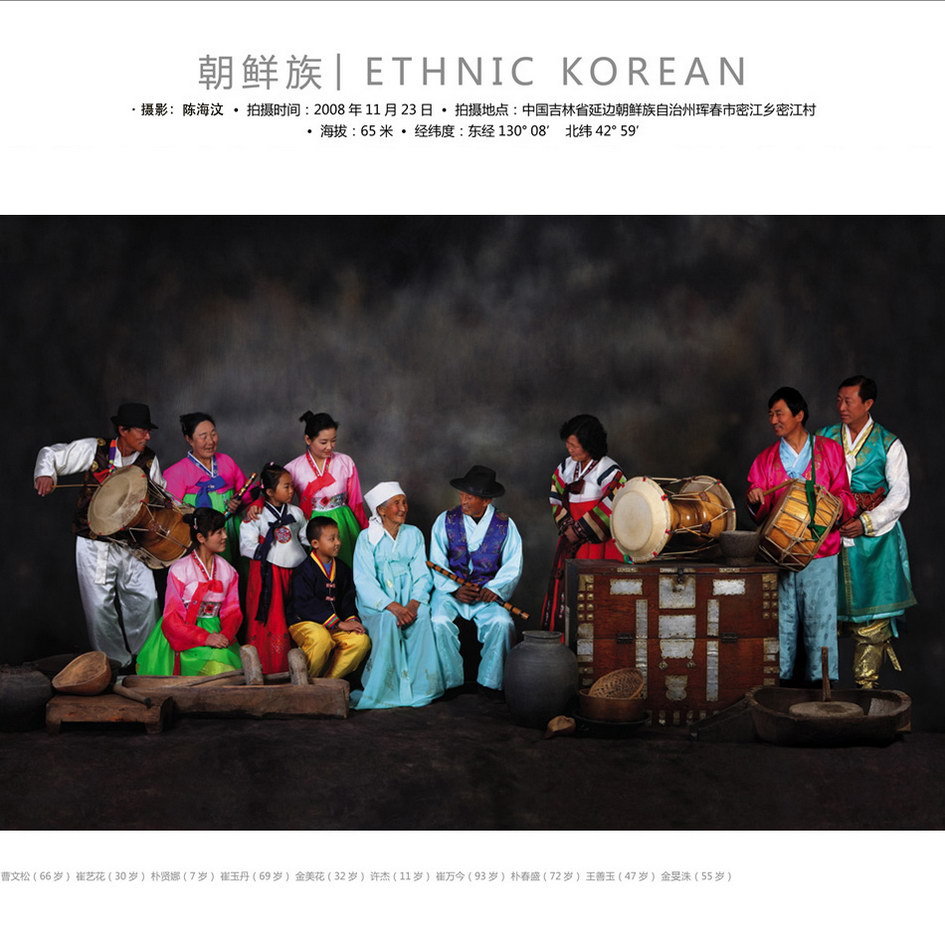
A modern cozy Korean-Chinese family in China. The kids dress in ethnic clothes
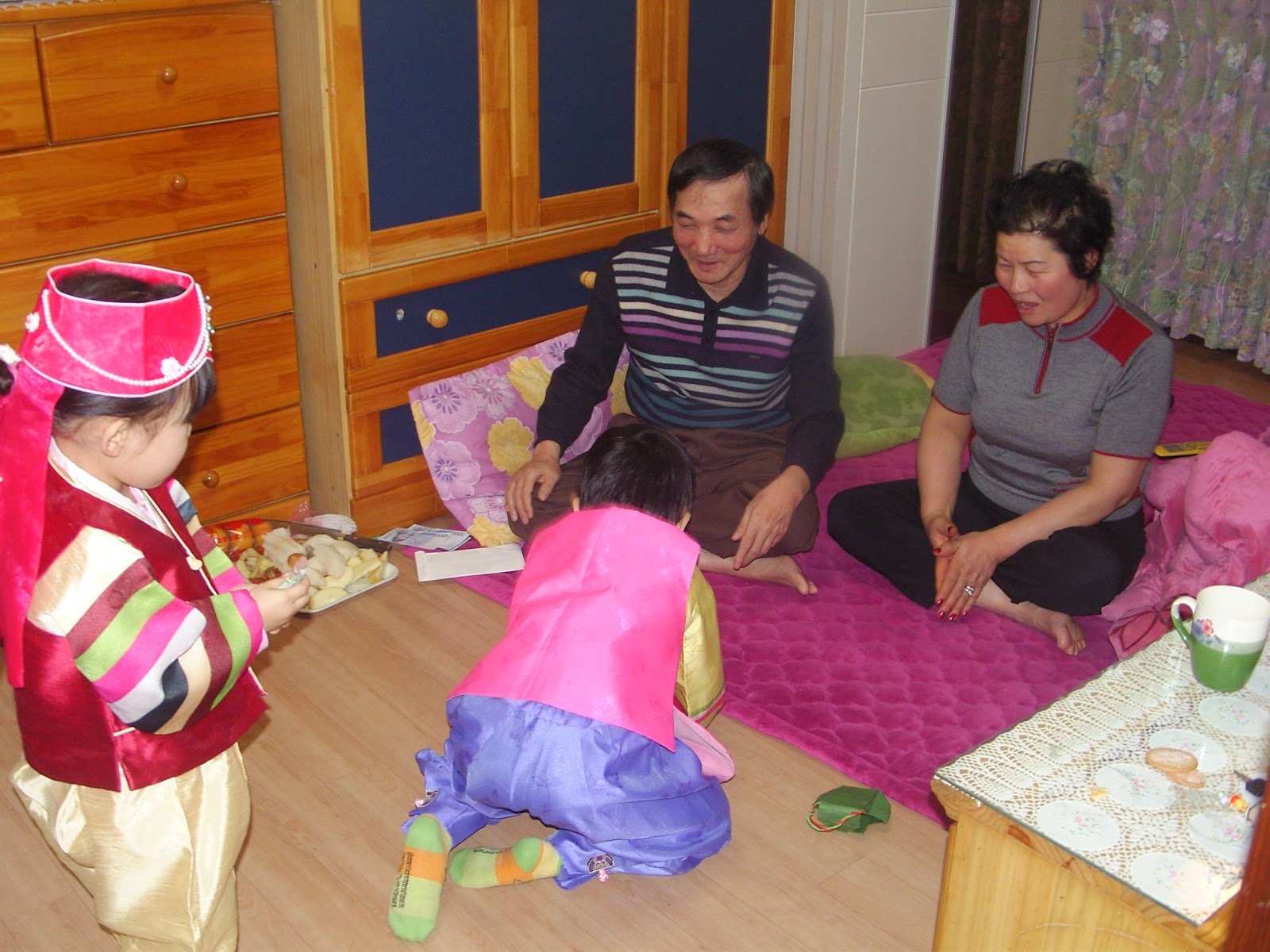
Almost half of the number of Korean people living in China can be found in Yanbian Korean Autonomous Prefecture (red).

Yanbian, by all practical purposes, is a bilingual prefecture.

Modern Korean alphabets

Ancient Korean scripts
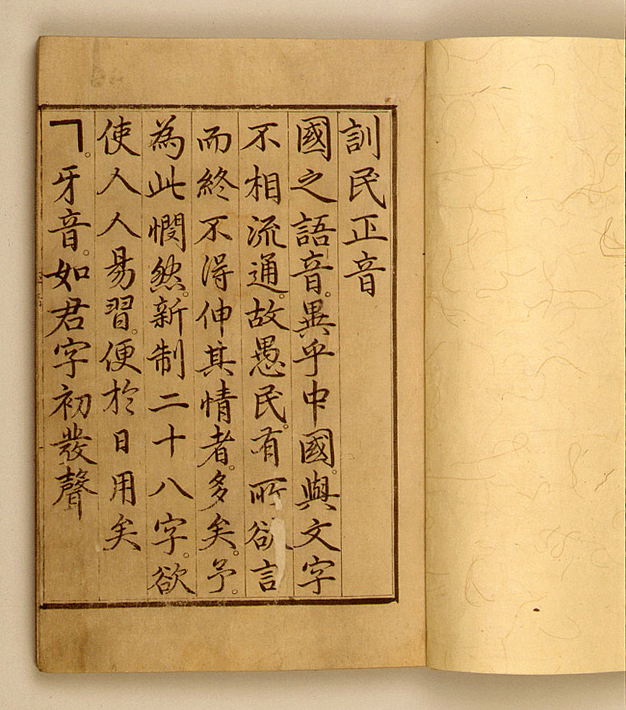
Medieval Korean Scripts
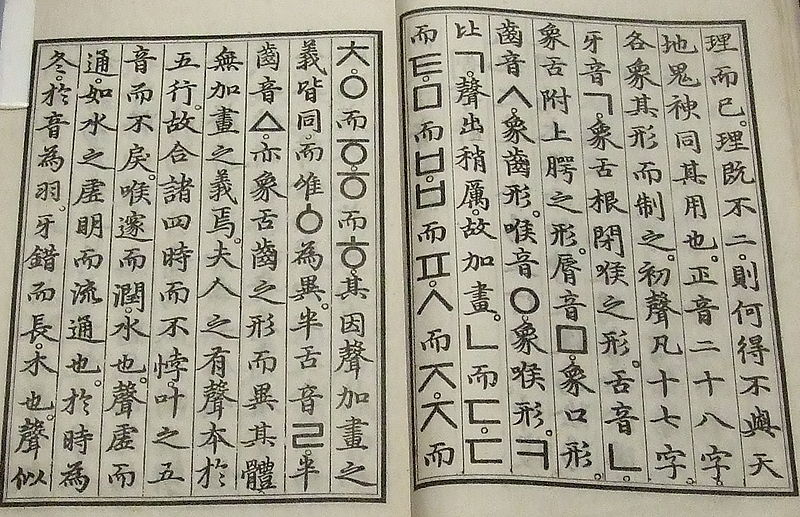
Modern Korean scripts

Korean People 朝鲜族 include millions of descendants of Korean immigrants with citizenship of the People's Republic of China, as well as smaller groups of South and North Korean expatriates, with a total of roughly 2.3 million people as of 2009, making it the largest ethnic Korean population living outside the Korean Peninsula. Most ethnic Koreans live in northeastern China, especially in Yanbian Korean Autonomous Prefecture which accounts for about one million.
The current Korean population in China is mainly descended from migrants who came between 1860 and 1945. In the 1860s, a series of natural disasters struck Korea, leading to disastrous famines. Along with the Qing dynasty's loosening of border controls and acceptance of external migration into Northeast China, this pushed many Koreans to migrate. After the annexation of Korea by the Empire of Japan in 1910, many Koreans migrated to China for political reasons. Some migrants joined the Korean independence movement, while others served as pro-Japanese collaborators or as farmers tilling free land promised to them by Japanese occupying authorities in northeast China. Under the Japanese caste system, Japanese were first, Koreans were second, and Chinese were last; as such, Koreans served as tax collectors in China for the Japanese. By 1936, there were 854,411 Koreans in China. As Japanese rule extended to China. During World War II, many Koreans in China joined the Chinese peoples in fighting against the Japanese invaders. Many also joined on the Communist side and fought against the Chinese Nationalist armies during the Chinese Civil War. After 1949, estimated at about 600 thousand individuals, or 40% of the Korean population at the time, chose to return to the Korean peninsula. But most Koreans chose to stay in China and took up Chinese citizenship between 1949. There are estimation of half of a million North Korean refugees living in China illegally and are beginning a slow process of naturalization. After the normalization of relationship between China and South Korea, an estimation of half of a million South Korean expatriates living in China, mostly in Beijing, Shanghai, Tianjing, Yintai, Qingdao and Dalian.
Most ethnic Koreans in China speak Mandarin Chinese and many also speak fluent Korean as their mother tongue. Most Chinese of Korean descent have ancestral roots and family ties in the Hamgyong region of North Korea, and speak the Hamgyŏng dialect of Korean according to North Korean conventions. Most of the ethnic Koreans in China are Confucius and Buddhists and some are Christians.
Official portrait of a Korean family

A modern cozy Korean-Chinese family in China. The kids dress in ethnic clothes

Almost half of the number of Korean people living in China can be found in Yanbian Korean Autonomous Prefecture (red).

Yanbian, by all practical purposes, is a bilingual prefecture.

Modern Korean alphabets

Ancient Korean scripts

Medieval Korean Scripts

Modern Korean scripts








